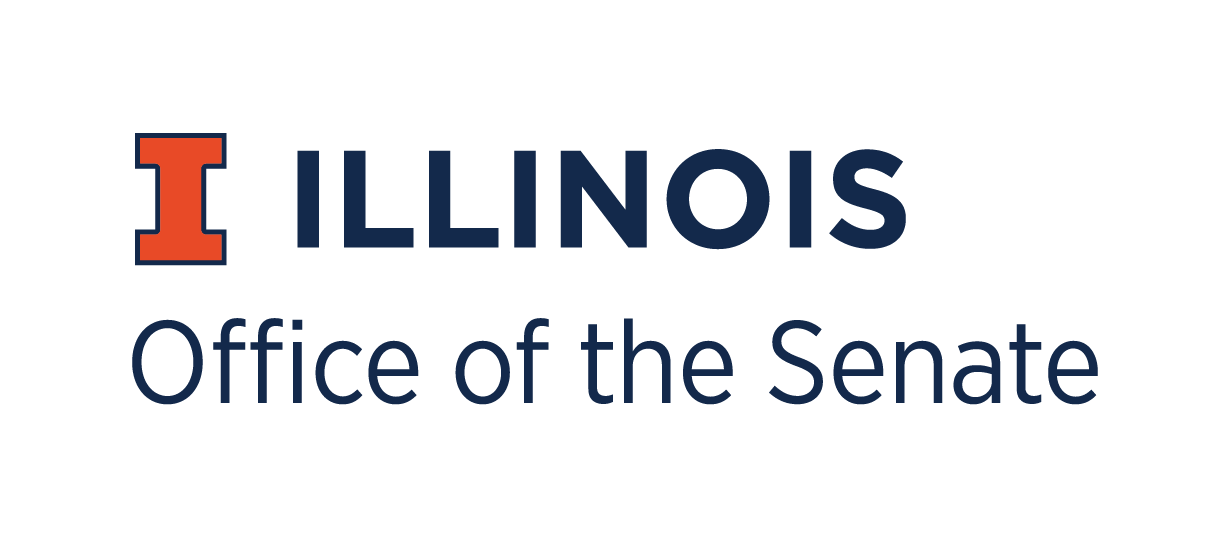EQ.08.04
April 28, 2008
POSITION PAPER FROM THE EQUAL OPPORTUNITY AND INCLUSION COMMITTEE OF THE UIUC SENATE
I. INTRODUCTION
We offer this position paper as a clarification of our stance on maintaining the balance between the individual’s right to free speech and the University’s responsibility to refuse to condone any expression of racial or ethnic stereotyping at events that it sponsors or supports. That stance was unfortunately misrepresented in press coverage on Resolution EQ 08.01, which we proposed in February.
II. GENERAL PRINCIPLES AND SPECIFIC APPLICATIONS
We begin by strong adherence to the right to freedom speech recognized by the First Amendment of the U.S. Constitution, and to freedom of expression recognized by Article 19,2 of the International Covenant on Civil and Political Rights. These articles have not only a moral force, but the force of law, national and international respectively.
The question at hand is whether every act of speech and expression should be considered to be protected regardless of its social consequences.
That question was answered by John Stuart Mill in perhaps the greatest defense of human liberty in history, On Liberty. After four chapters of defending freedom, Mill writes in Chapter V, Applications: “for such actions as are prejudicial to the interests of others, the individual is accountable, and may be subjected either to social or legal punishment, if society is of the opinion that the one or the other is requisite for its protection.”
III. THE ISSUE OF CONTEXT
When speech is legitimately curtailed, it is usually not just because of the word or the act taken in abstraction, but because of the context in which these are employed.
Examples include shouting fire in a crowded theater as a prank, claiming you have a bomb in an airport as a prank, saying something you believe to be untrue under oath in a court or before a legislative committee, libeling someone in a public address or written work, verbally abusing students in a classroom, inciting violence or threatening another person with violence in which there is a good probability that the violence will occur, or continuing to speak on an issue before the Senate once a motion has been made and seconded to send a resolution back to committee.
There are at least two contextual elements that make the appearance of the Chief as an integral element of a University-sponsored event unacceptable and unprotected by the general principles of freedom of speech and expression.
(a) Native American tribes, students, faculty, and alumni, whose heritage has been one of physical and cultural genocide, see the use of such a symbol as a stereotypical appropriation of their culture for the entertainment of dominant groups in this society.
We have had, time after time, testimony of Native Americans as to the mental and psychological distress that the use of the Chief for entertainment purposes has caused them. This is a harm that no majority can legitimately override. Such rights are there precisely to protect minority or relatively powerless groups, not to enhance the already disproportionate power of dominant groups.
(b) The university administration has itself adopted an inclusion policy (Inclusive Illinois) that is dedicated to creating a campus climate that is welcoming and supportive of students, faculty, and staff who are members of groups that have been historically persecuted, discriminated against, or otherwise marginalized. Our committee has indeed made the argument that the very mission of the “university” is to bring such people together in a common communicative learning and living experience. If this is the case, then such racial and ethnic stereotyping undermines the very purpose of this institution.
IV. CONCLUSION
It is important to understand that we are not talking about the freedom of an individual or a group of individuals to walk down Wright Street or appear in the stands at a football or basketball game dressed as the Chief. Some of us might find such behavior odious, but its behavior cannot legitimately be proscribed. What brings the appearance of the Chief at any university-sponsored event out from under that protection are the contextual considerations we have discussed above. Hence, the issue of free speech or expression does not come into play as it would if we were just considering an individual or a group of individuals acting on their own rather than as participants in a University-sponsored or -supported event.
The Committee on Equal Opportunity and Inclusion hopes that this more elaborate position paper explains why the resolution presented to the Senate in February was in no way intended to propose an infringement on the right of people to dress or to express themselves as they wished, on or off of the campus, outside of the context of a university-sponsored or supported event.
Senate Committee on Equal Opportunity and Inclusion
A. Belden Fields, Chair
